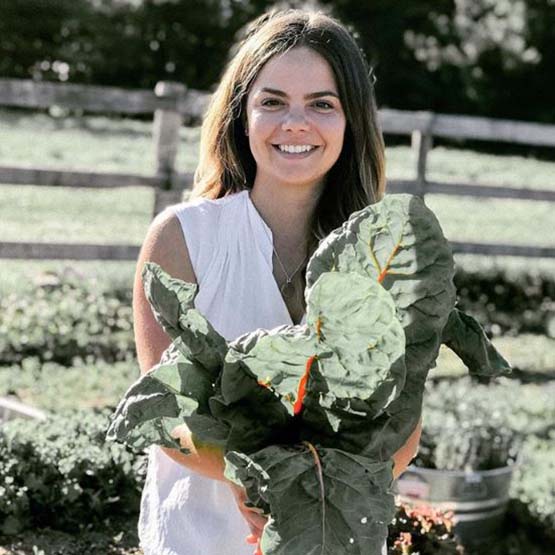
What to do Today
1. Make a List of Favorites
What are your favourite vegetables to eat? What do you eat the most of on a regular basis? There is no point in planting something if you never eat it and hate it! The easiest to grow veggies are lettuces/spinach, cucumber, beans/peas, tomatoes, and kale/swiss chard.
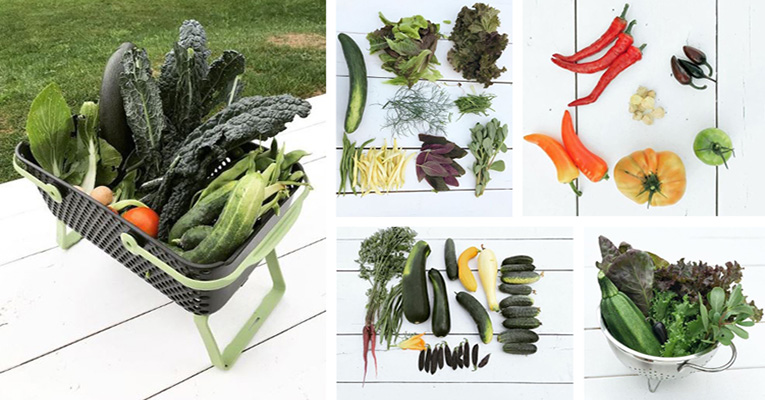
2. Find the best spot for your garden
Take a minute and find the sunniest spot, and the closest spot to your house (the closer it is, the more often you’ll want to go out there). Pick your place and then decide whether or not you will build a raised bed, or plant in the ground. Either is great, just depends on your budget and available resources.
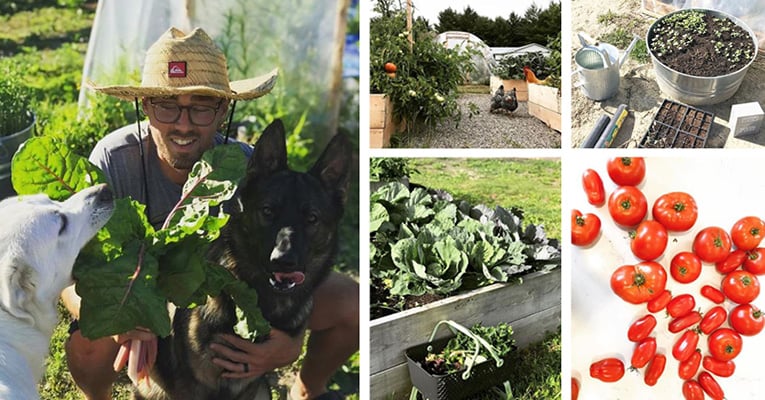
3. Figure out how much soil you need
As a rule of thumb, generally its 30L per 1 cubic foot. So if you have a 4’ x 4’ raised garden bed that’s 12” high, you’d need 15 bags of soil. If you have an inground garden, I would aim to have at least 4-6” of fresh soil before planting. Depending on the size of your garden you can always find a bulk supplier that delivers full cubic yards.
4. Make some purchases
Grab that list of favourite veggies and the quantity of soil you need and go out and grab it all (or order online)! Find a seed company and purchase the seeds of your favourite vegetables, or if it’s already later in the season, buy seedlings from a nursery. For soil, I would do a ½ and ½ mix of triple mix and compost. Also if you are building raised beds, be sure to grab lumber too. Find my easy raised garden bed tutorial Here
5. Make a quick garden plan
This part might seem daunting, but if you are planting the basic, easy to grow veggies, like listed above, it will be super easy! Following the spacing on the back of the seed pack is a good start, but I also like the square foot garden method. Simply put, in each square foot you plant a different veggie and a particular quantity according to that veggie.
For example, tomato and cucumber take up two square feet. For kale/swiss chard and beans/peas you can plant 1-2 plants per square foot depending on variety, and for the lettuces and spinach, you can plant 4 plants per 1 square foot. So for that 4’ x 4’ raised bed, I could plant 2 tomato plant, 2 cucumber plants, 1-2 kale plants, 1-2 swiss chard plant, 1-2 bean plants, 1-2 pea plants, 8 spinach plants, and 8 lettuce plants. Pretty great, right?
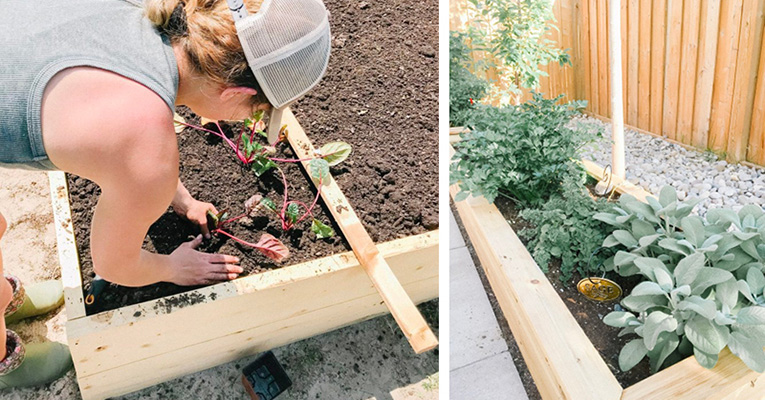
What to do Tomorrow
Once you have completed the list above, its time for the fun stuff! Commit an hour to build your raised garden bed or prep your in-ground garden. After that is complete, fill everything up with soil, put the triple mix down first and then the compost. Then grab that plan you made yesterday, lay all your vegetables out, and plant those babies!
Starting a garden is much easier than you think, and can be maintained for 5-10 minutes a day. I’d love to answer any questions you have below in the comments! Check out the blog for more posts on gardening, plus my ‘how to start a garden’ ebook, available now
Sage & Shepherd Farm
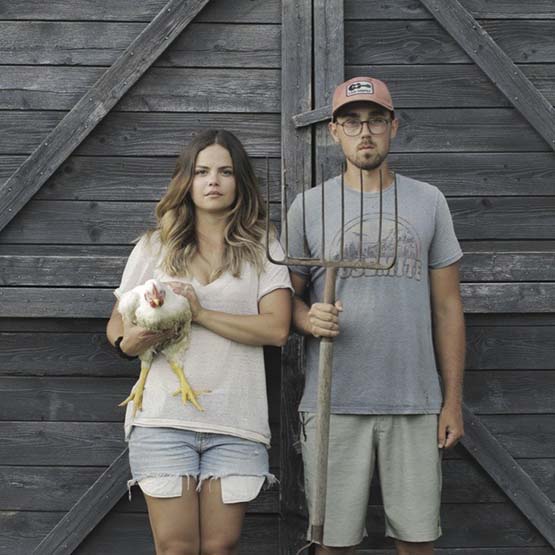
We are a husband and wife duo that love raising nutrient-dense meat in a regenerative manner. We didn’t grow up on farms, but life brought us here and we couldn’t be happier. Growing the food that you nourish your body with and that you feed your family with gives us great pleasure.
With Mack being a former carpenter/musician and Abby being a former landscape designer we joined forces and started our farm 3 years ago. We are super passionate about the regenerative and pasture-based farming movement that we solely run our farm like this, and are very transparent about it. The consistent rotation of animals allows the mix of different species on the farm to constantly get fresh pasture and for the life cycle of the pasture to remain healthy and predictable. This also effectively builds topsoil, sequesters carbon, and creates polycultures.
We want people to grow in their connection to the food they eat, ask those tough questions abouthow the meat was raised and truly know their farmer. On the farm, we raise chicken, turkey, goose, rabbit, lamb, and pork. Everything is non-gmo, pasture-raised, and of course not given any antibiotics, hormones, or vaccines. Check out Our Website for more info or to place an order.
 United States
United States

 European Union
European Union
 Germany
Germany
 United Kingdom
United Kingdom
 Australia
Australia
 New Zealand
New Zealand



